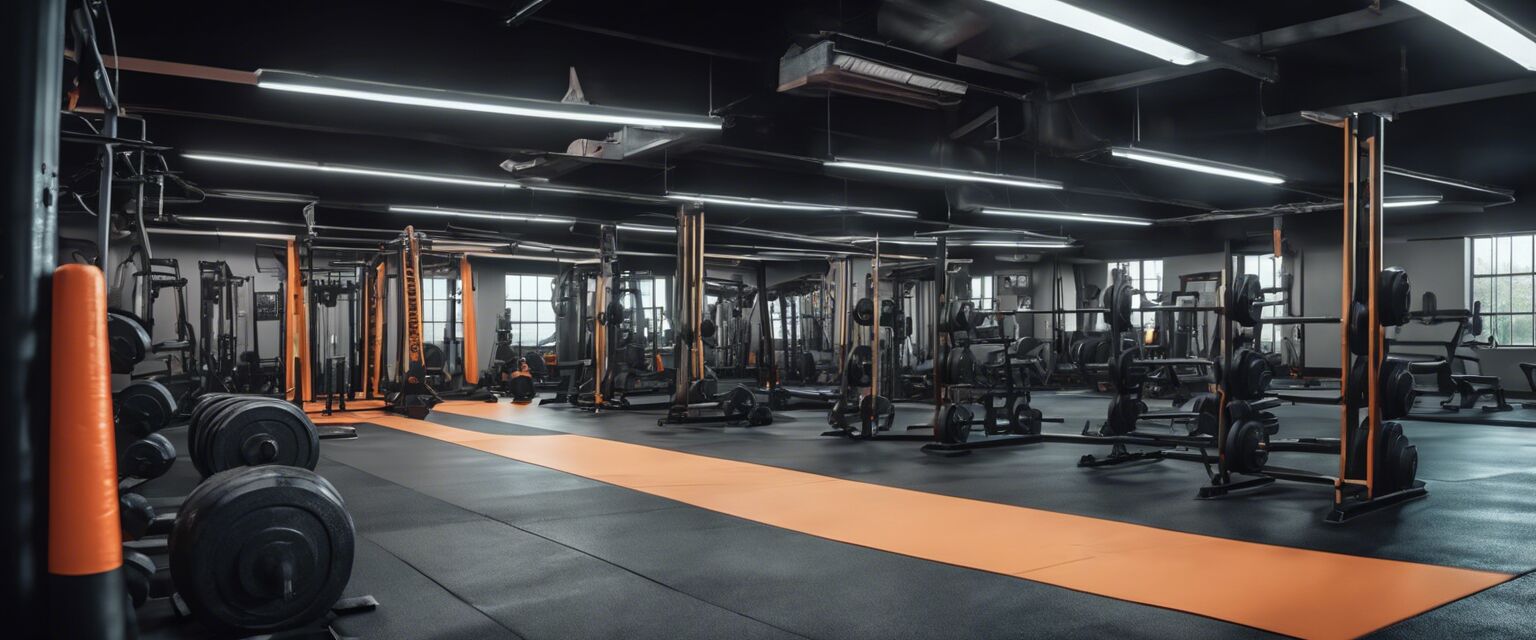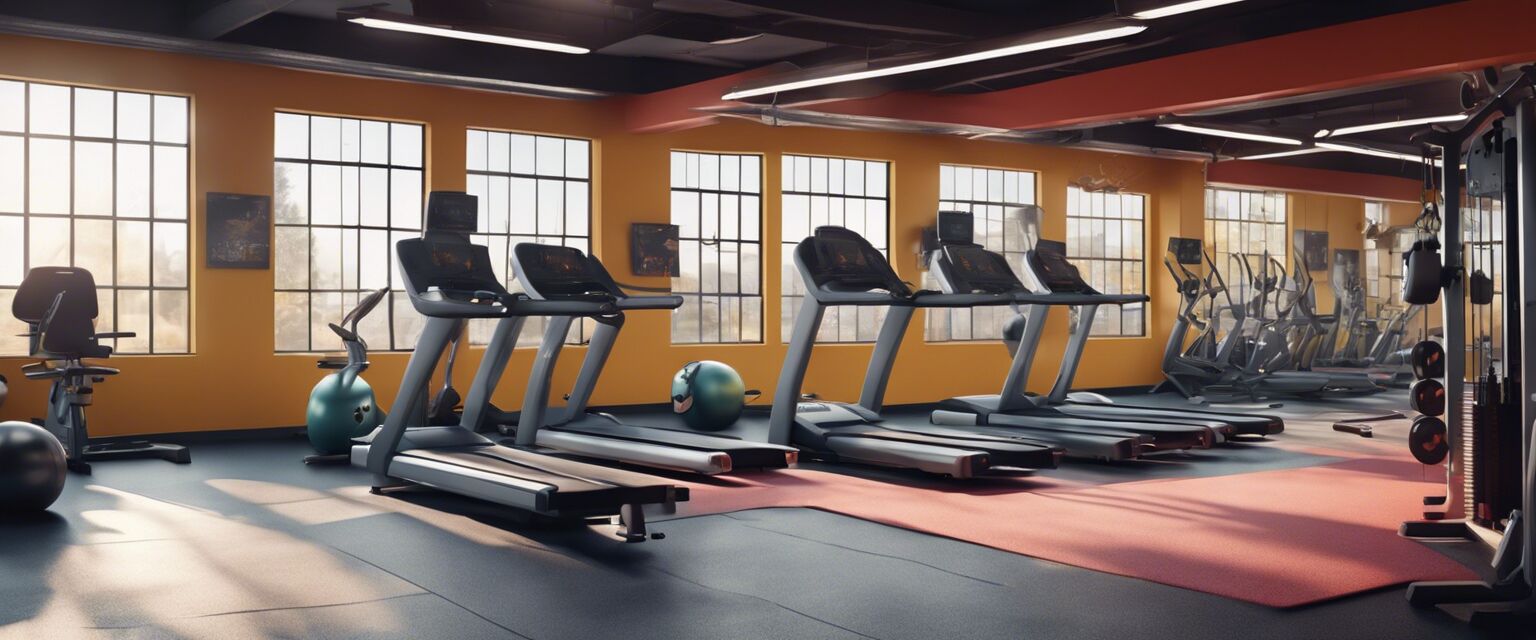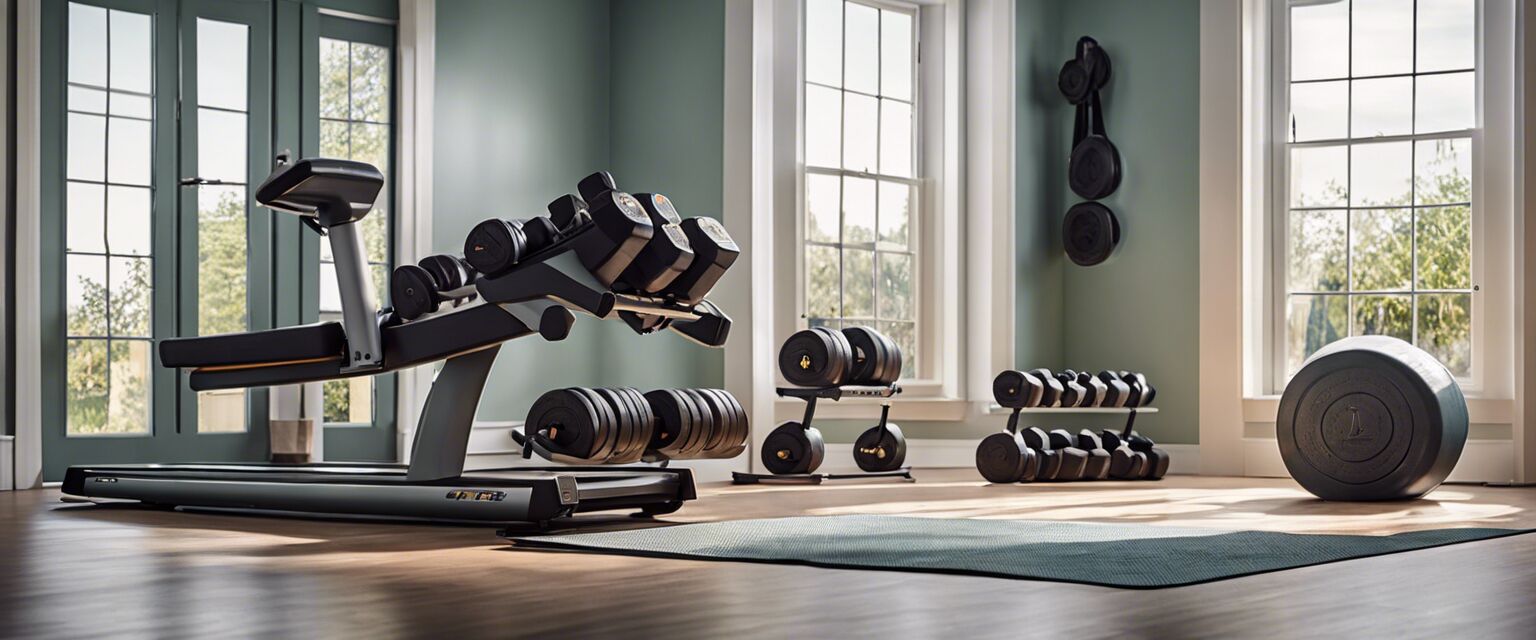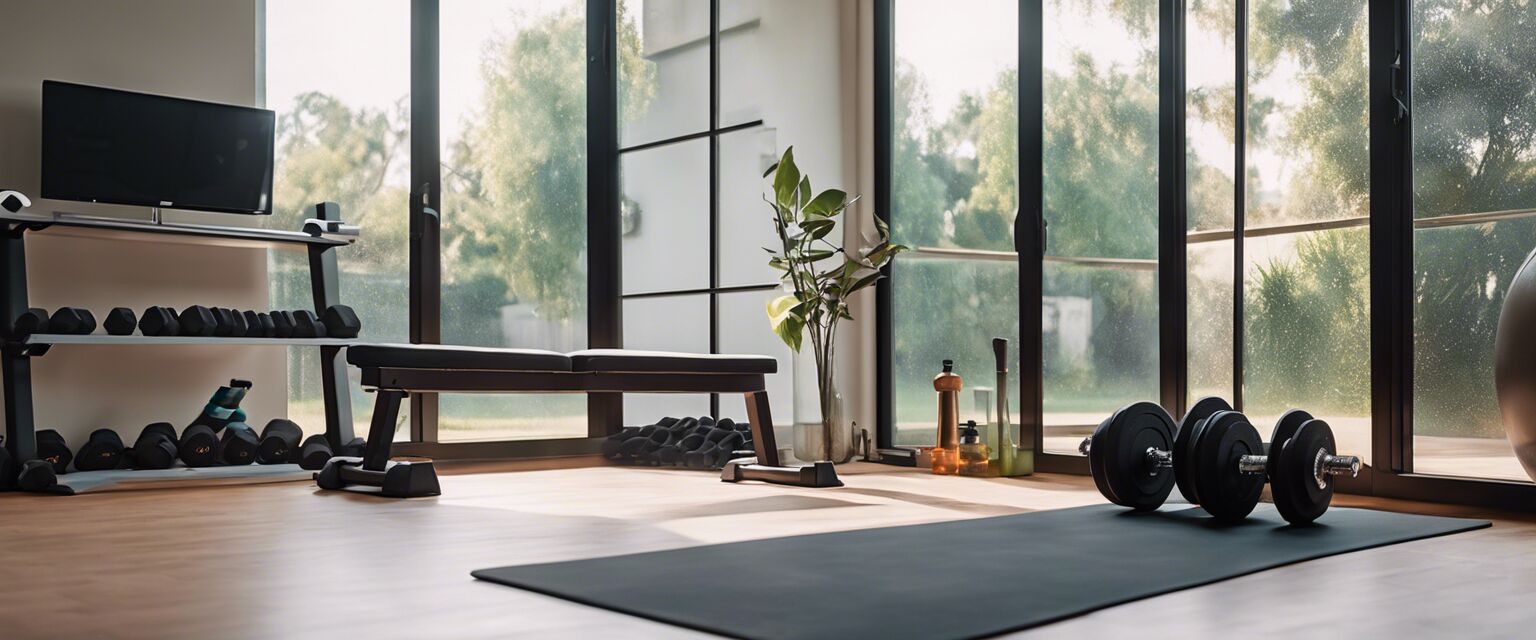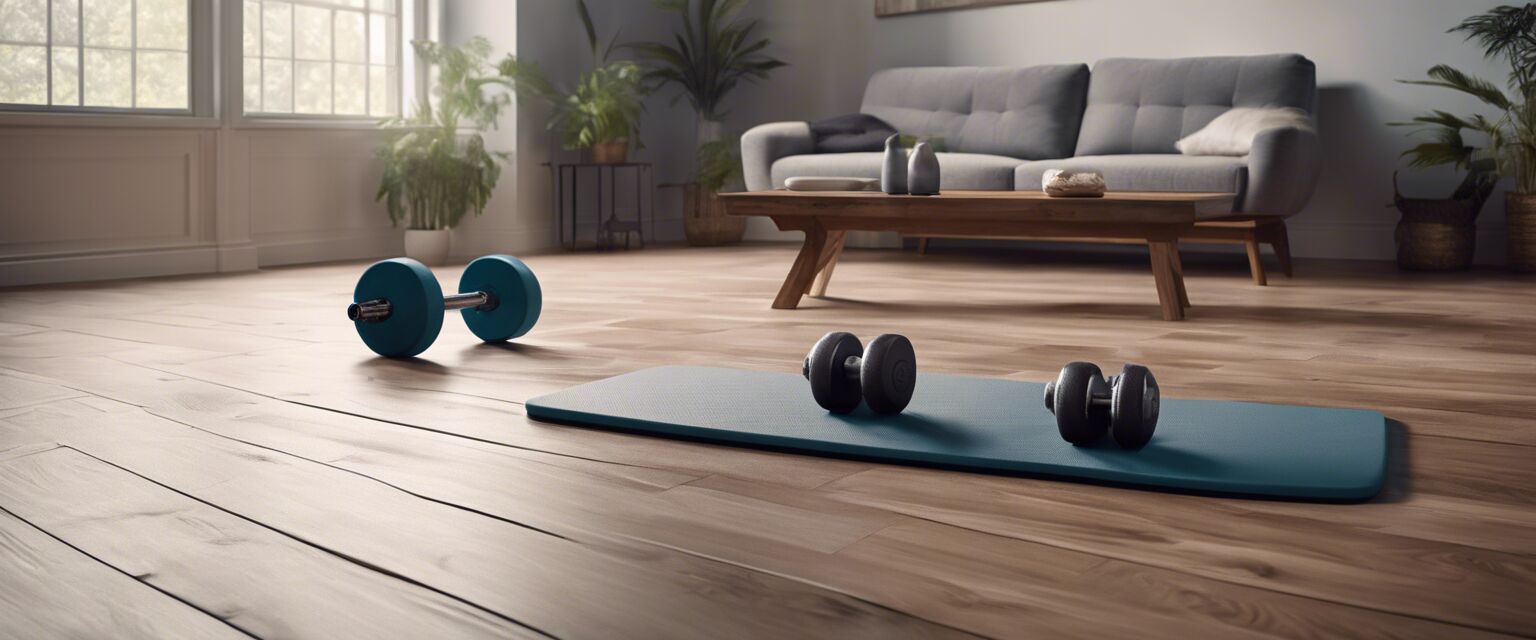
Advanced Strength Training Techniques
As an experienced senior, you're likely looking for ways to take your strength training to the next level. In this article, we'll explore advanced techniques and exercise variations to help you continue making progress and achieving your fitness goals.
Key Takeaways
- Advanced strength training techniques can help experienced seniors continue making progress and achieving their fitness goals.
- Variations in exercise tempo, range of motion, and weight can add challenge and variety to your workouts.
- Incorporating balance training and plyometric exercises can improve overall fitness and reduce the risk of injury.
Exercise Variations for Advanced Seniors
One of the most effective ways to continue making progress in strength training is to vary your exercises. This can include changes in tempo, range of motion, and weight. Here are a few examples:
| Exercise | Variation | Benefits |
|---|---|---|
| Squats | Pause squats, slow-tempo squats, or sumo squats | Increased challenge, improved balance, and strengthened legs |
| Lunges | Deficit lunges, walking lunges, or lateral lunges | Improved balance, strengthened legs, and increased mobility |
| Deadlifts | Sumo deadlifts, trap bar deadlifts, or single-leg deadlifts | Increased challenge, improved balance, and strengthened back and legs |
Balance Training for Advanced Seniors
Balance training is an essential component of strength training for seniors. It can help improve overall fitness, reduce the risk of injury, and enhance daily functioning. Here are a few balance exercises to try:
- Single-leg squats: Stand on one leg, keeping the other foot lifted off the ground.
- Heel-to-toe walking: Walk along a straight line, placing the heel of one foot directly in front of the toes of the other foot.
- Balance boards: Use a balance board or BOSU ball to challenge your balance and stability.

Plyometric Exercises for Advanced Seniors
Plyometric exercises, also known as jump training, can be an effective way to improve power, speed, and overall fitness. Here are a few plyometric exercises to try:
- Box jumps: Jump onto a box or bench, then step down and repeat.
- Depth jumps: Jump from a box or bench, then immediately jump up as high as possible.
- Resistance band jumps: Use resistance bands to add resistance to your jumps.

Incorporating Advanced Techniques into Your Workout Routine
When incorporating advanced techniques into your workout routine, it's essential to start slowly and gradually increase the difficulty. Here are a few tips to keep in mind:
- Start with lower weights and gradually increase the weight as you become more comfortable with the exercise.
- Focus on proper form and technique, even if it means using lighter weights.
- Incorporate advanced techniques into your routine gradually, starting with one or two exercises and gradually adding more.

By incorporating advanced strength training techniques into your workout routine, you can continue making progress and achieving your fitness goals. Remember to start slowly, focus on proper form and technique, and gradually increase the difficulty as you become more comfortable with the exercises.
Pros
- Advanced strength training techniques can help experienced seniors continue making progress and achieving their fitness goals.
- Variations in exercise tempo, range of motion, and weight can add challenge and variety to your workouts.
- Incorporating balance training and plyometric exercises can improve overall fitness and reduce the risk of injury.
Cons
- Advanced techniques may be too challenging for beginners or those with certain health conditions.
- Incorporating new exercises into your routine can be overwhelming and may require additional guidance.
Beginners Section
If you're new to strength training, it's essential to start with the basics. Check out our dumbbell and resistance band guides for beginners, and start with exercises like squats, lunges, and deadlifts.
As you become more comfortable with strength training, you can gradually incorporate more advanced techniques into your routine. Remember to start slowly and focus on proper form and technique.
By incorporating advanced strength training techniques into your workout routine, you can continue making progress and achieving your fitness goals. Remember to start slowly, focus on proper form and technique, and gradually increase the difficulty as you become more comfortable with the exercises.
For more information on strength training for seniors, check out our exercise equipment and yoga mat guides, and explore our DVD and exercise book collections.
